Security Orchestration Automation and Response (SOAR) solutions streamline security operations by integrating multiple tools, automating responses, and coordinating processes. These solutions enable quicker response times and enhance threat management efficiency for security teams.
These systems centralize and automate vast amounts of data across an organization's security infrastructure. Analysts are empowered to manage tasks from a single interface, prioritize threats based on potential impact, and coordinate consistent response strategies. These platforms reduce the complexity and manual workload in security operations centers.
What are the critical features of SOAR solutions?SOAR solutions find implementation across industries like finance, healthcare, and energy, customizing responses to fit industry-specific threats. This adaptability ensures that each sector can manage its unique security needs while maintaining compliance and regulatory standards.
SOAR is beneficial for organizations as it provides a more streamlined and efficient approach to handling security challenges. It allows teams to respond to incidents faster, coordinate better, and ultimately maintain a more robust security posture in the face of evolving threats.








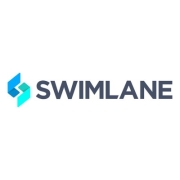



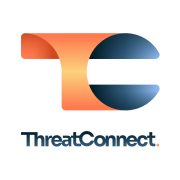

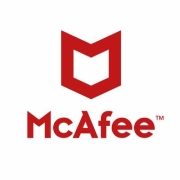

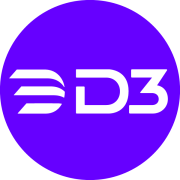

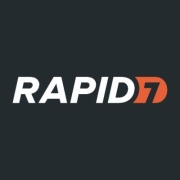

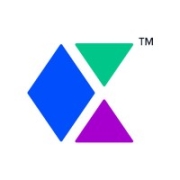


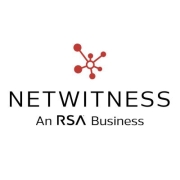


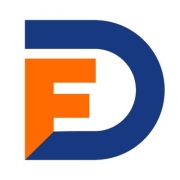
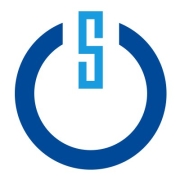




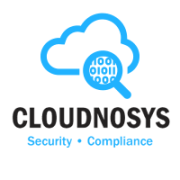

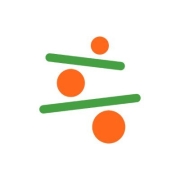

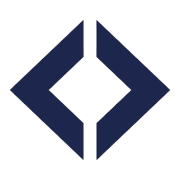
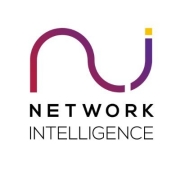









Organizations use these tools to handle the overflow of security-related information and events generated by the typical organization today. Security Operations Center (SOC) staff often manually manage the identification and response to cyber threats. However, as data streams and threat alerts continue to grow, it becomes nearly impossible to manually handle all this data. Here is where Security Orchestration, Automation and Response (SOAR) and Security Information and Event Management (SIEM) come in.
SIEM solutions collect and aggregate log and event data from applications, security devices, and systems into a centralized platform, then analyze this data to identify indicators of compromise (IoC) that may point to a cyber attack. These solutions use machine learning to improve their detection capabilities.
A SIEM platform collects, processes, correlates, aggregates, and monitors for anomalies across data logs, then notifies users through alerts when it detects suspicious behavior.
SIEM focuses on finding suspicious behavior and triggering alerts, leaving the actual response and remediation to humans. Thus, while it improves threat detection, it actually creates more work for SOC teams. In addition, it can contribute to alert fatigue if there is a large number of false positives. That being said, SIEM excels at ingesting and parsing large datasets of internal logs, thus complementing SOAR’s capabilities.
SOAR solutions go several steps further than SIEM by increasing the pre-processing of detected threats before the system alerts a cybersecurity officer. SOAR can ingest data from external sources, like threat intelligence sources. In addition, as the main function of SOAR technologies is the ability to coordinate and leverage different security products, the system gives organizations the possibility of streamlining existing tools, using them in new ways.
So, which should you choose? You should use both. SIEM tools are better for processing large volumes of data, while SOAR can leverage SIEM’s capabilities, orchestrating SIEM together with other security tools.
SOAR can significantly improve your incident response by automating repetitive tasks, thus freeing your security team to focus on complex threats. It enables faster detection and response times by orchestrating and integrating disparate security tools. You can streamline processes and improve accuracy, allowing the team to respond to threats with a structured and timely approach.
What features should you look for in a SOAR solution?When selecting a SOAR solution, prioritize features like robust case management, playbook automation, integration capabilities, and incident analysis. Ensure it supports collaboration among team members with real-time data sharing. A user-friendly interface and customizable dashboards can also enhance usability and productivity. Look for solutions that can adapt and scale with your organization's needs.
How does SOAR integrate with existing security infrastructure?SOAR is designed to seamlessly integrate with your existing security infrastructure. It connects with tools such as SIEMs, firewalls, endpoint solutions, and threat intelligence platforms. This integration allows data to flow smoothly, enabling automated workflows and orchestrated responses. You can use SOAR's APIs and connectors to bridge different systems and ensure cohesive functionality across platforms.
How can SOAR contribute to compliance and reporting?SOAR helps maintain compliance by automating the documentation and reporting processes for security incidents. It ensures that all activities are logged and reports are generated in alignment with regulatory requirements. You can create detailed audit trails and analytics, simplifying the process of demonstrating compliance during audits. This automation also reduces manual errors and enhances data accuracy.
How do playbooks in SOAR optimize security operations?Playbooks in SOAR automate routine processes through pre-defined actions and workflows tailored to specific incident types. They optimize security operations by guiding your team through consistent, best-practice approaches to threat mitigation. Playbooks can be customized to fit organizational policies and evolve as new threats emerge, ensuring efficient and effective responses to incidents.